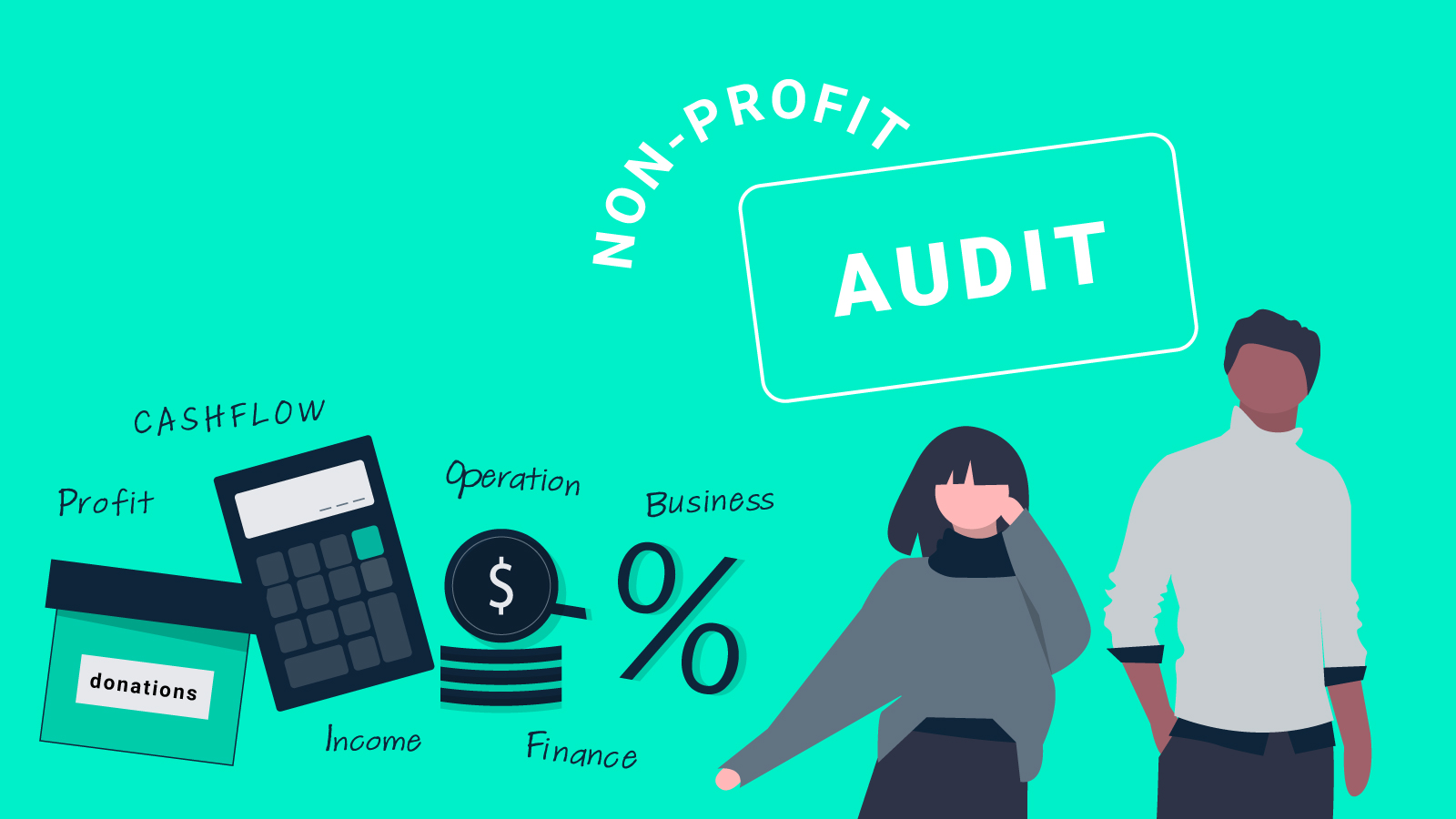Not-for-profit businesses are crucial establishments in Australia. Currently, there are around 56,000 registered charities in the country, and this number is increasing by 4 per cent each year. Charities empower our social and economic growth, and they need to be supported - instead of bogged down by tedious audits.
Audits and reporting are a big part of not-for-profit operations. Although it can be stressful for most charities, there are a few ways to make it easier. Here are some of the best practices that non-profit organisations can adopt during an audit.



